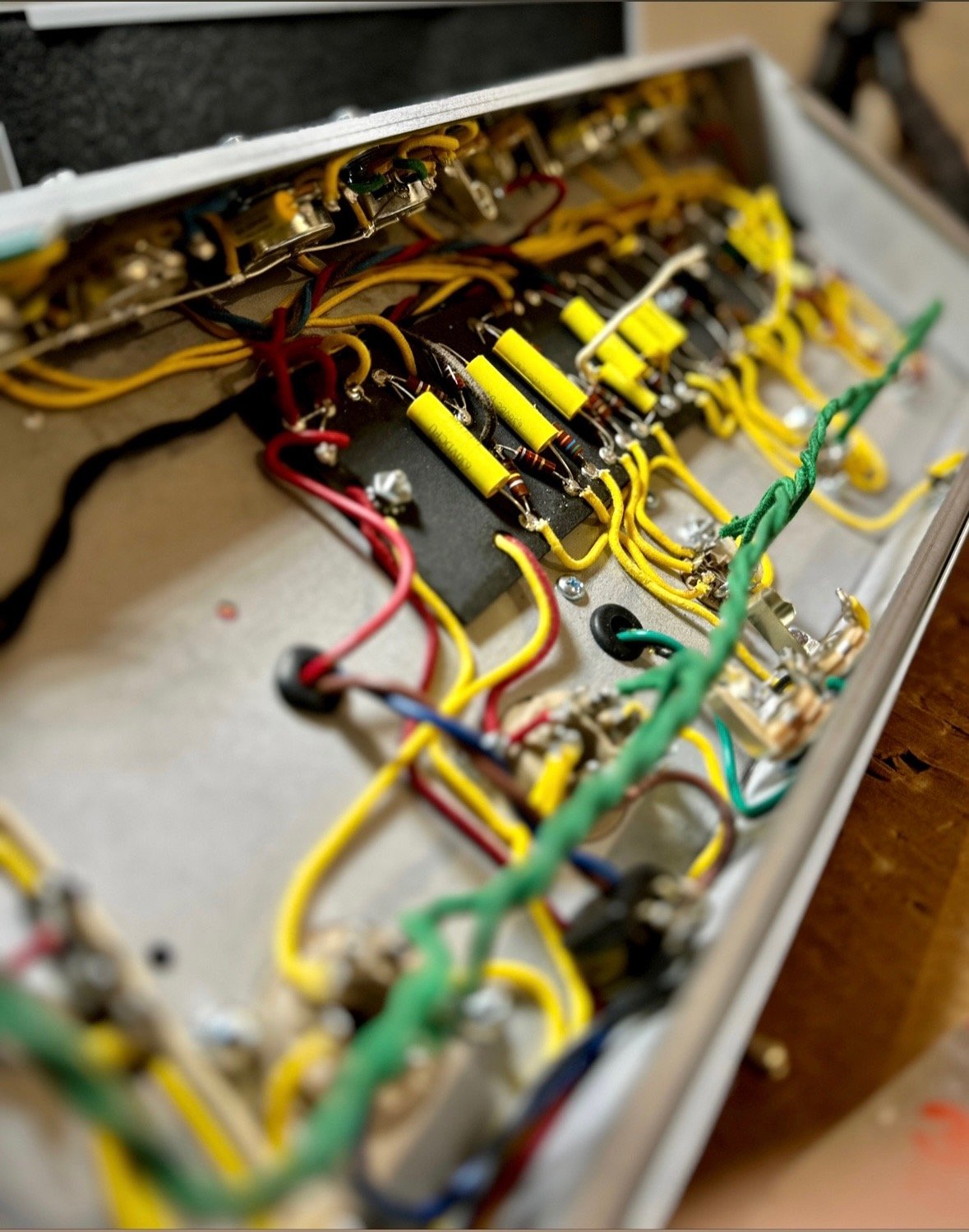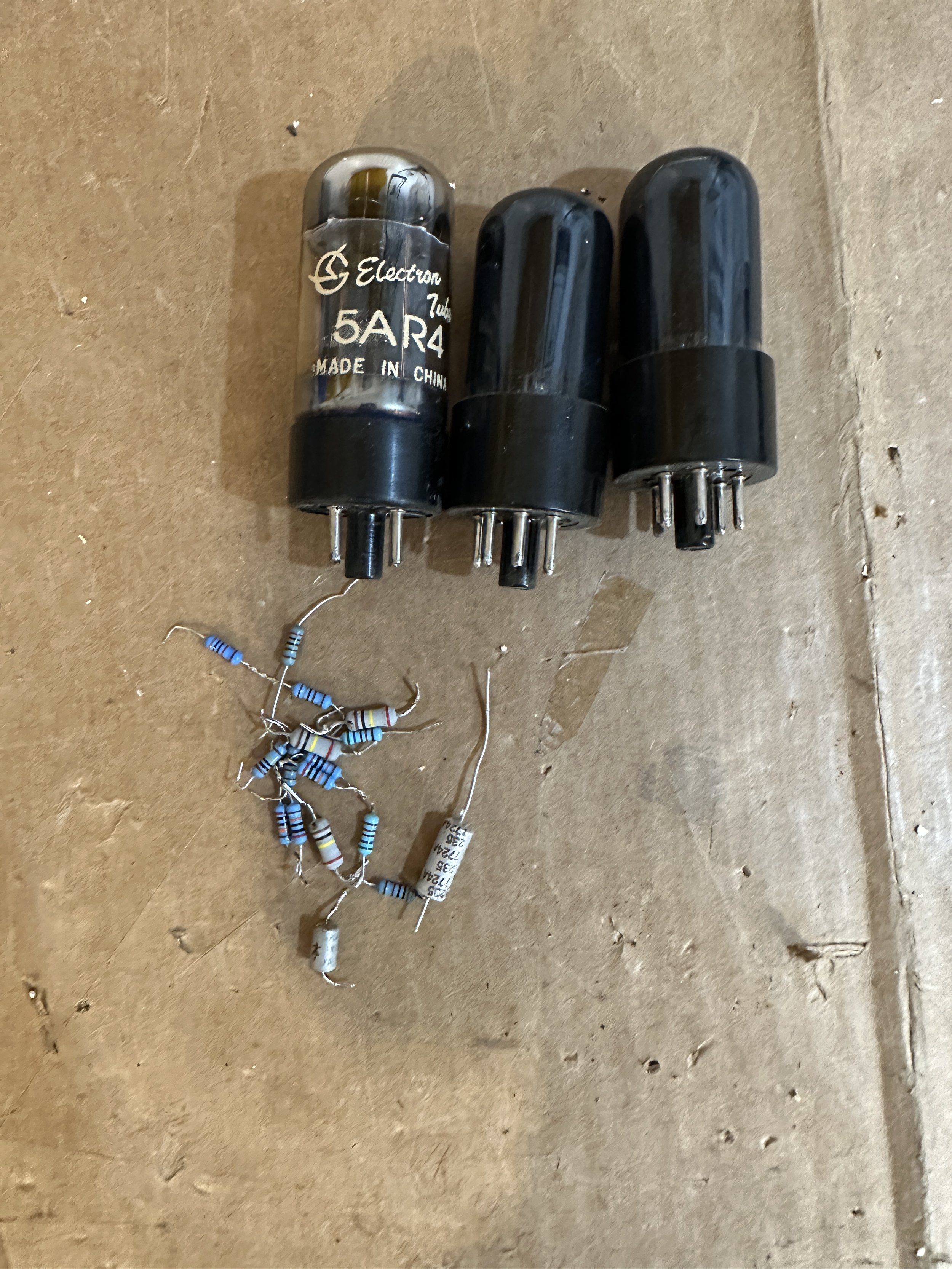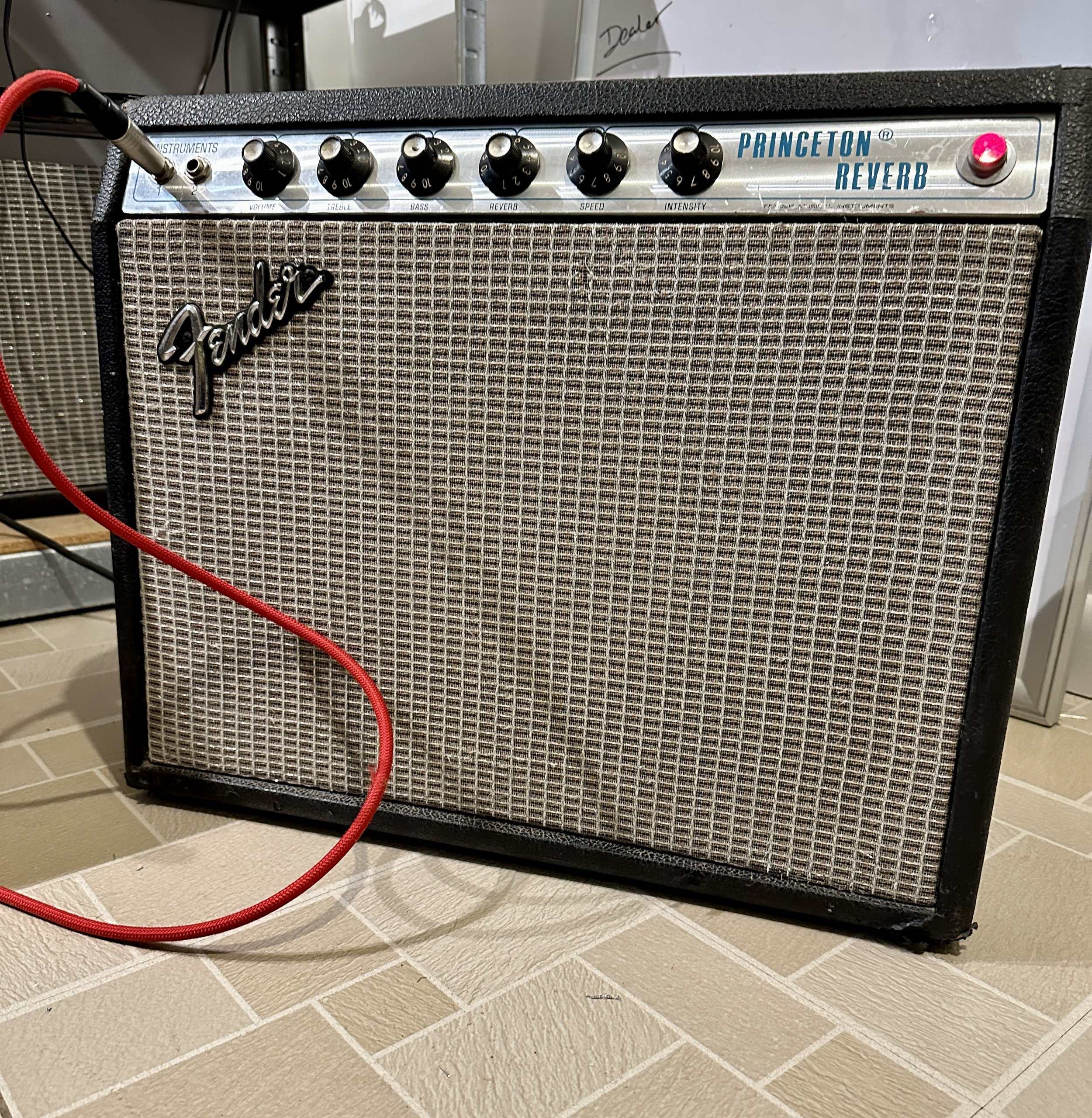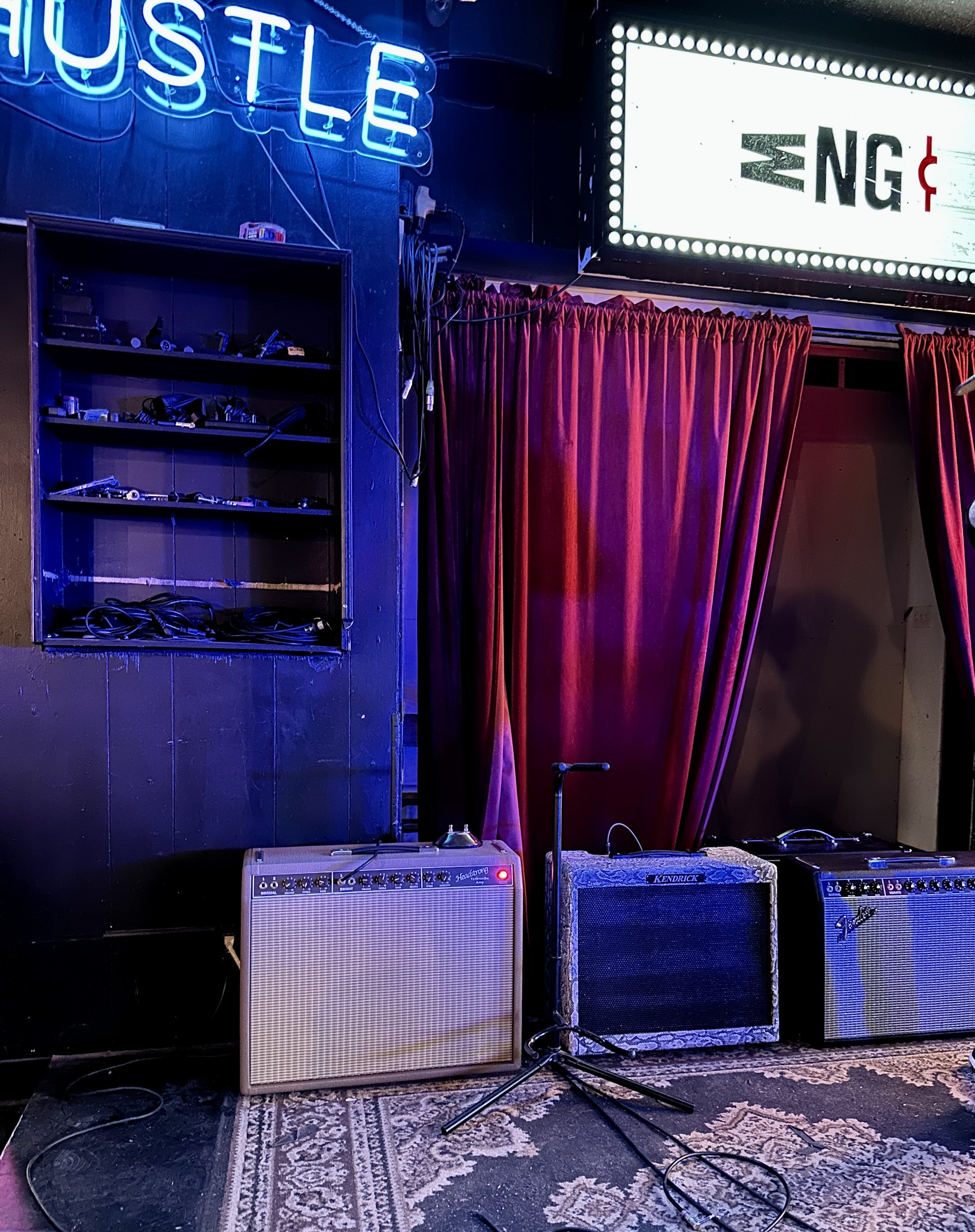What is the right amp for me?
Over the years I have honed my chops on helping people get the right amp for their needs…Even if its not something that I build!
One of the first things I like to ask is “what do you need the amp to do for you?”….This means, gigs, rehearsals, style of music, guitars used etc. This to me is the basis to getting the right piece of gear. This is NOT always the same amp that may have your GAS piqued or the one that “insert killer player here” plays…
It should be about finding the next block in your house of tone…and getting something that is useful and fills a void in your line up….which leads me to my next question…
What amps do you currently have and, depending on the answer to the first question, what amp do you use for that gig/setting currently?
This helps me determine if I build something that they need, but also, if they even need a new amp at all!
SIDE NOTE:
I know, this approach seems strange for a guy who makes a living “selling” amps…But that’s just it…I don’t SELL anything, I build amps for people that have a need for an amp that I build, and eventually in the future, build amps for people I want to work with and have dealings with for the rest of my days!
I try to build stuff that will last long after I am gone…So with a Lifetime TRANSFERABLE Warranty, I will be working with owners of my amps forever, basically. So, when I say I am not SELLING anything, this is my mindset. I build amps for people that want what I do and want to work with me.
The advantage of this is, I don’t get many returns, or unhappy customers and I can make sure that YOU get what you need or at least pointed in that direction. If I don’t build it, I probably know someone who can!
Getting back to the “right amp”…
After the determination of whether or not a Headstrong will fit the bill, we move into a few more specifics
Here is a scenario I hear frequently:
I need a grab and go amp with classic 60s Fender tones for smaller gigs…
Current gear: a 50 watt Marshall, a Super reverb, and couple of big Two Rock amps in the 100 watt range….
So, how big are these small gigs?…Bars or theaters?
Most people call about a Lil King, but sometimes it’s just too small or in this case, too big of a jump down in wattage and size for a guy that is used to all that power and big speaker cabs…Also, classic mid 60s tones really start at the Deluxe as the Princeton/ Lil King, as discussed in other blogs, is still a little darker and grittier that the Deluxe and the other Black era Fenders. SO in this case, the smallest amp I’d recommend would be the Royal Reverb aka Deluxe Reverb. For a guy with those big amps, this is the “small gig amp” that usually fits the bill.
Now take a guy that has a bunch of stuff in the 25-50 watt range and he has some small gigs and rehearsals that need something slow powered the Lil King will probably work perfectly. I like to look at an arsenal of gear and find the hole to fill, if there is one.
We usually like to go after whatever we saw or heard from any number of sources…whether its a player or a tone you heard, you must have it! But if you take a few minutes to see if you can already get that tone with your current gear, or if you really need a new piece to fill that void. You may find that a few really good amps will cover most of today’s gig demands…Now if you have unlimited funds, space, time etc, have at it! But most guys calling me are saving up, or only have space for a few amps…this is when a little bit of reasoning and planning can go a long way!
None of this is a science, its just a feel for what is needed, while taking the SELL mentality out of it allows me to actually help people find what they need. Long term, this works best for my business and for me personally…I will always sell enough amps to keep the lights on, thanks to all of YOU!
Thanks for reading!



















